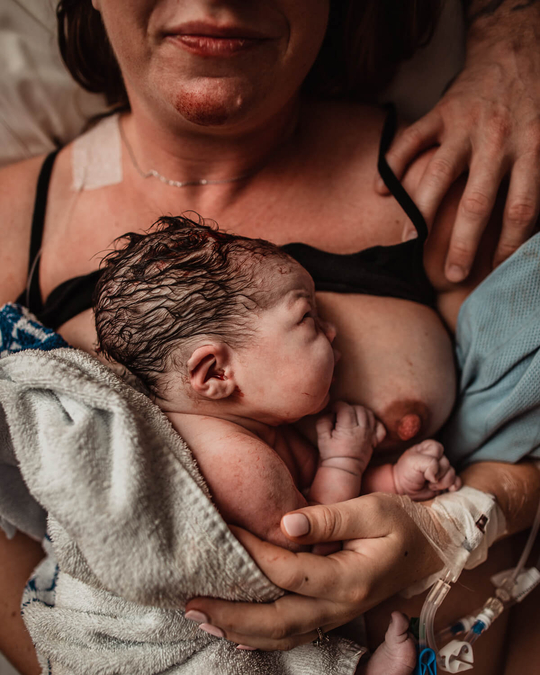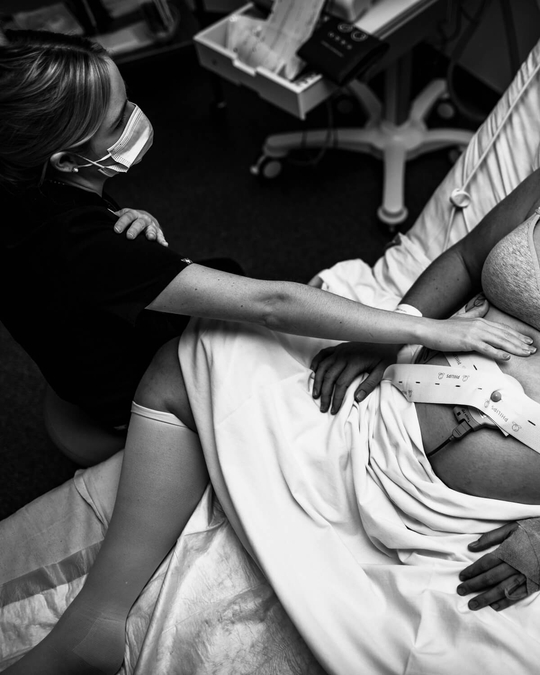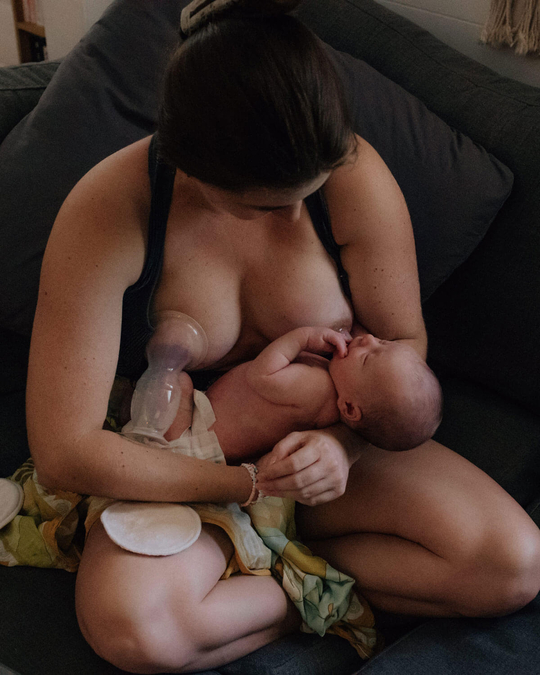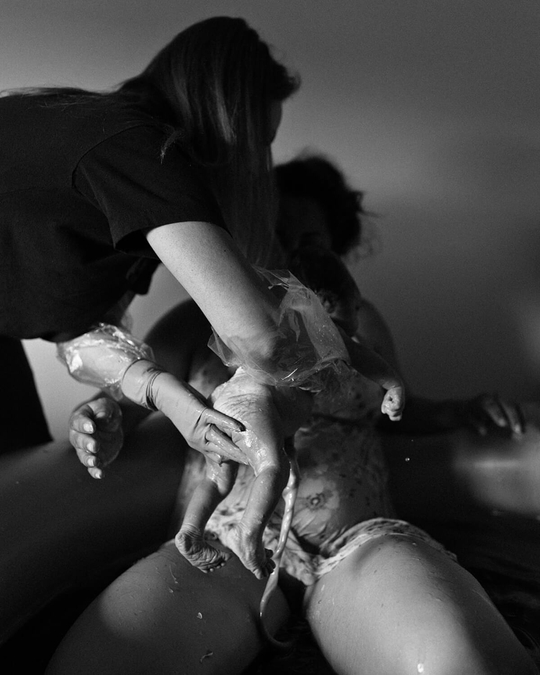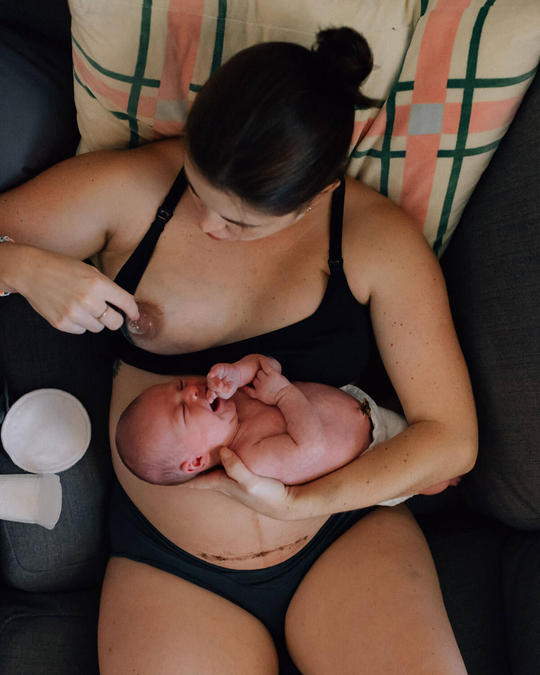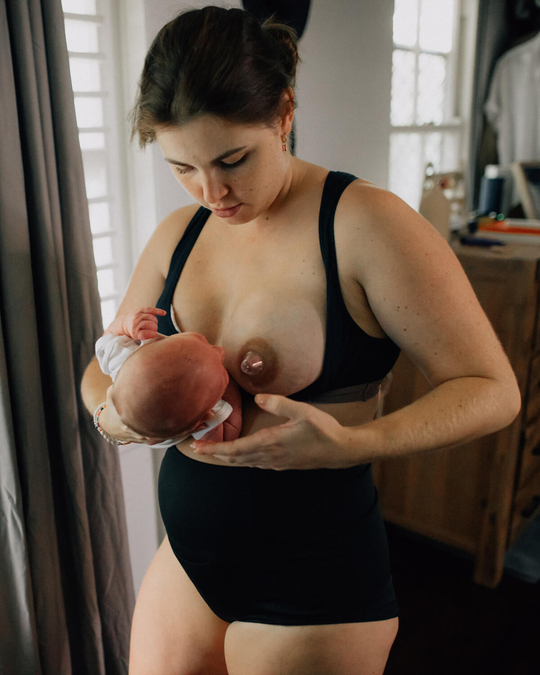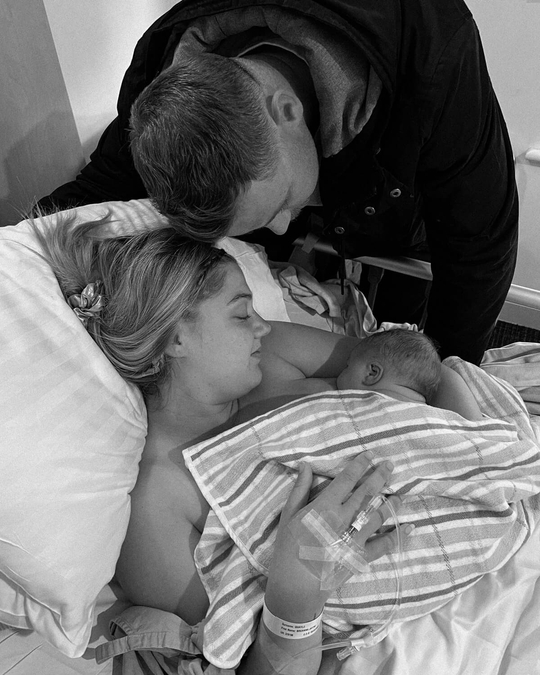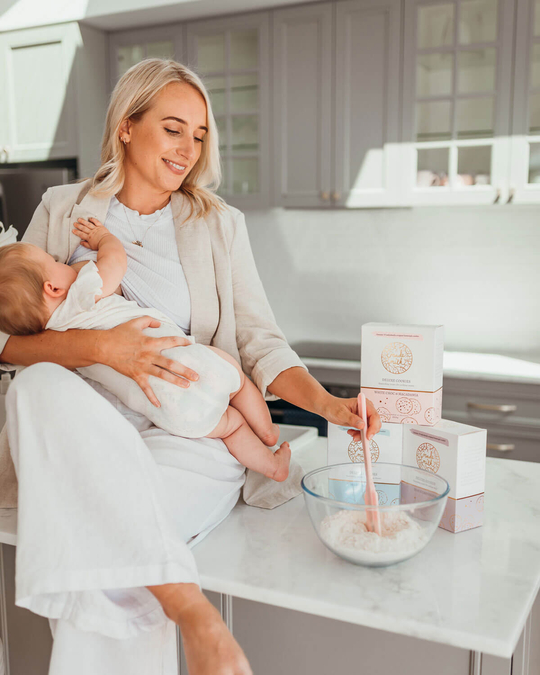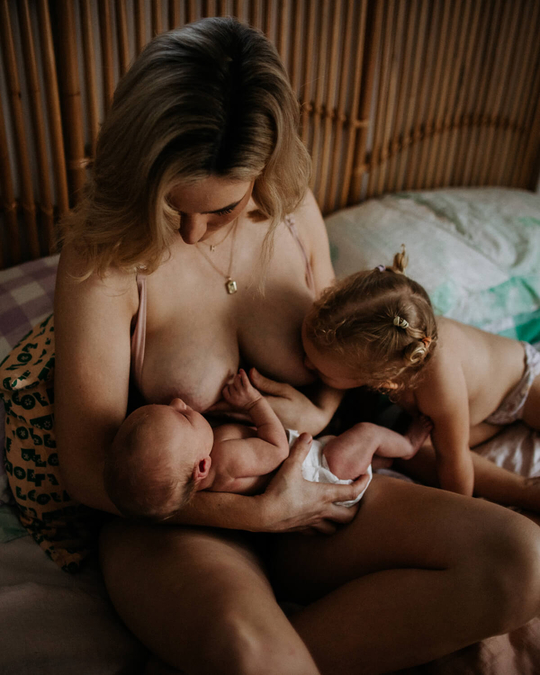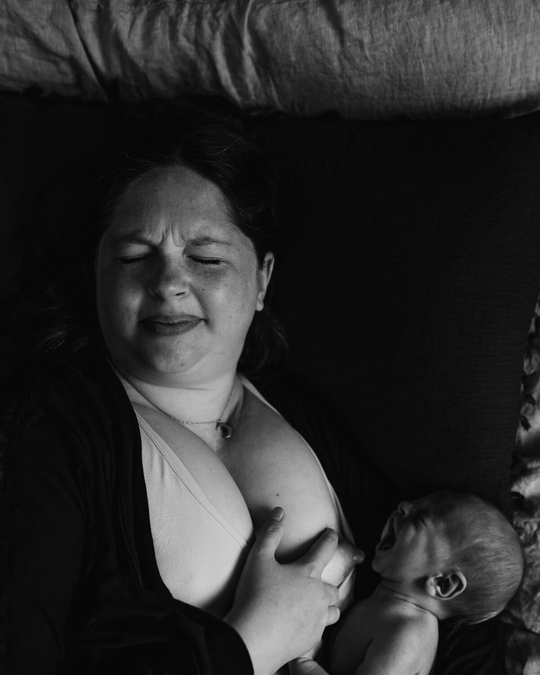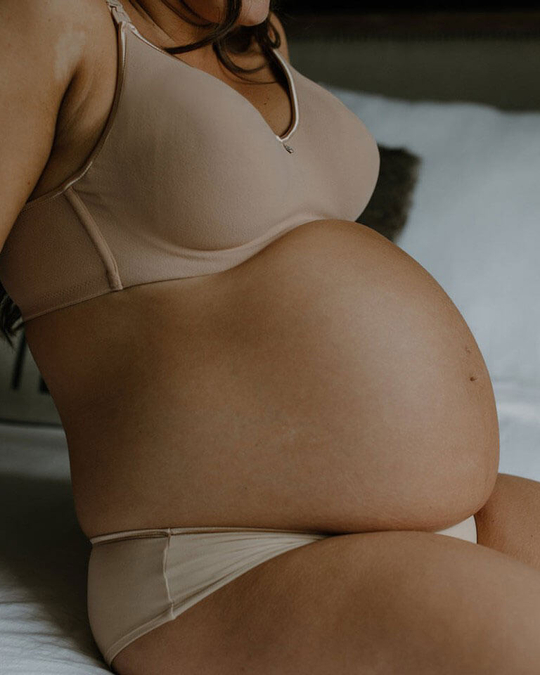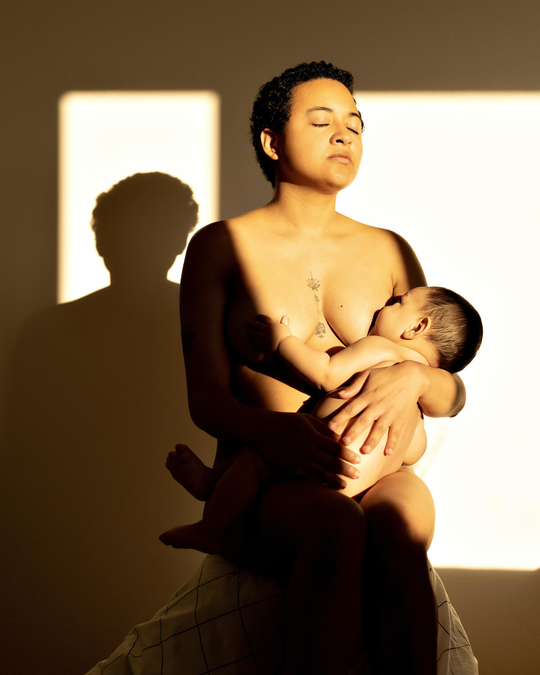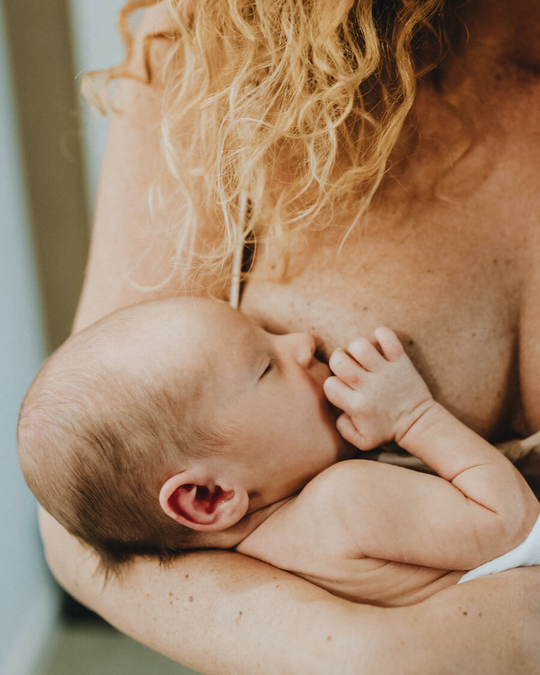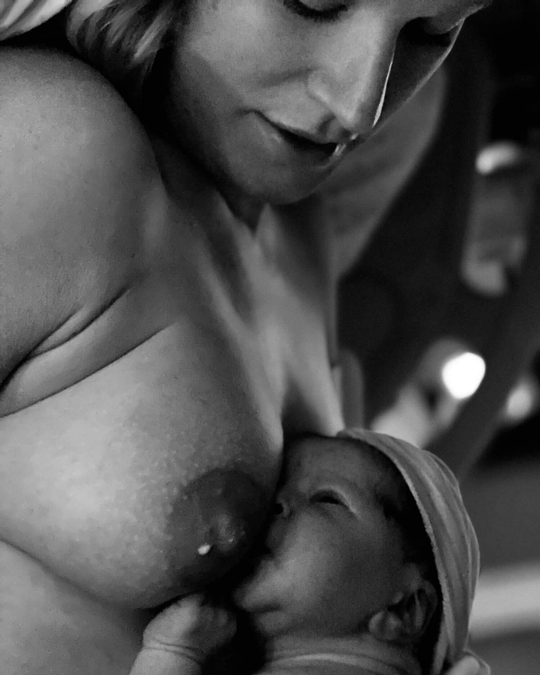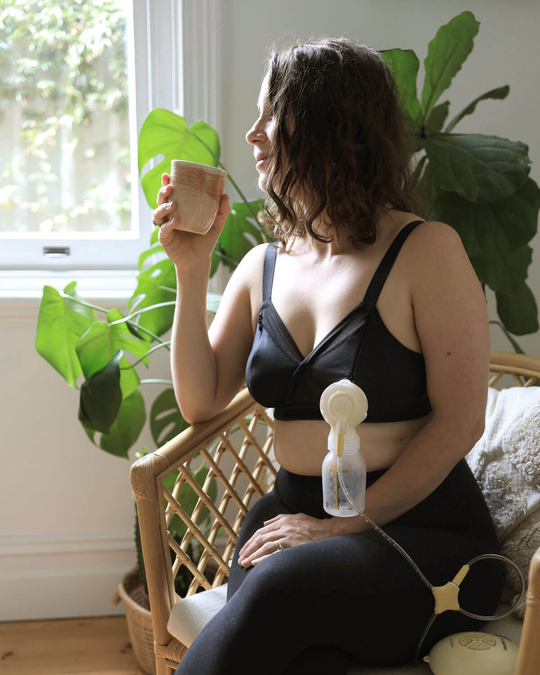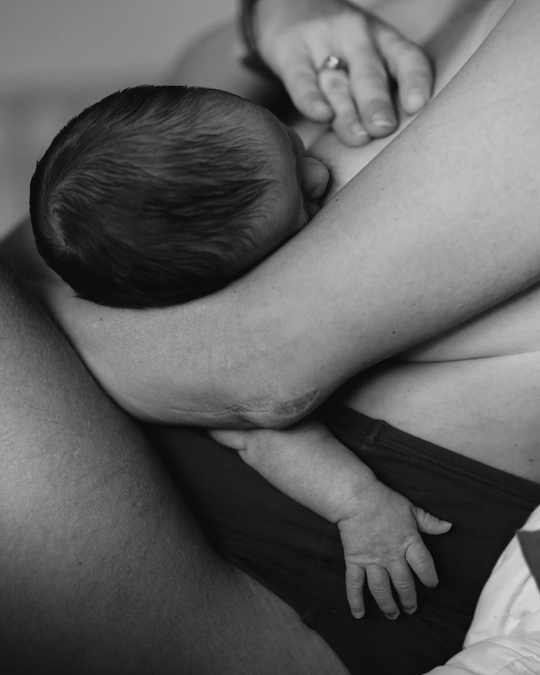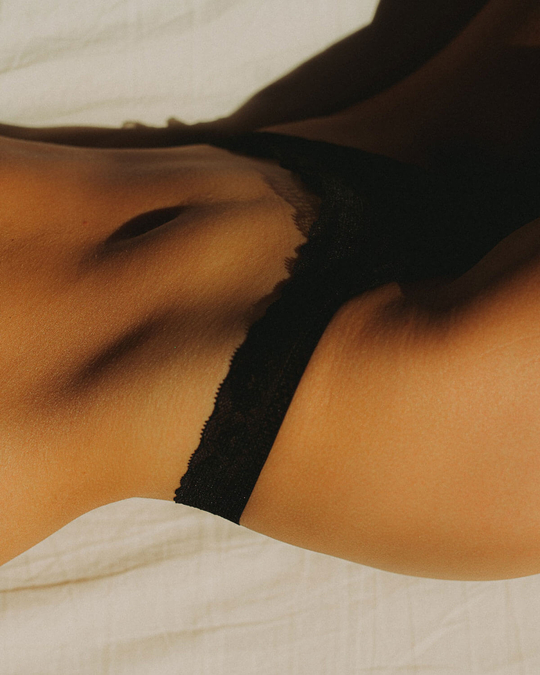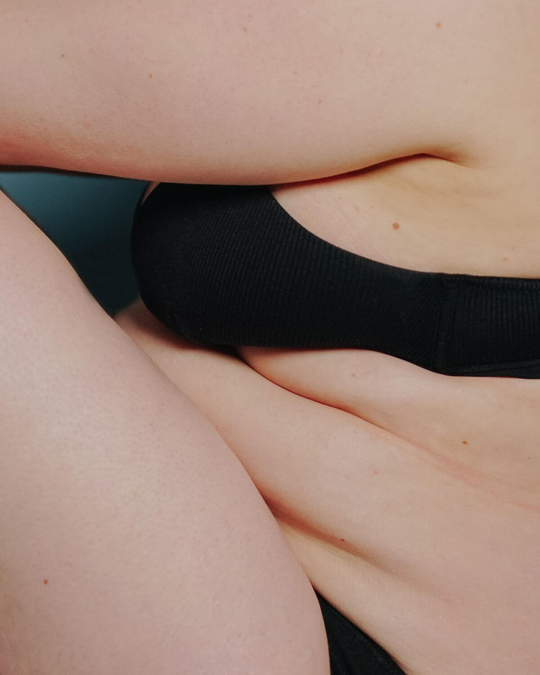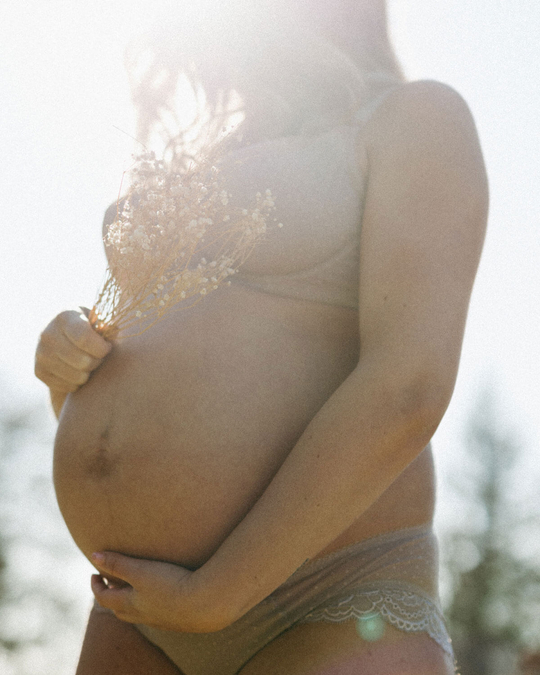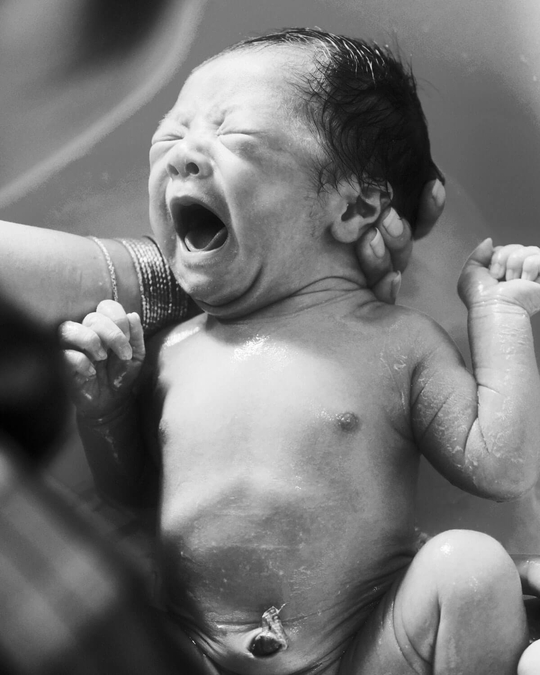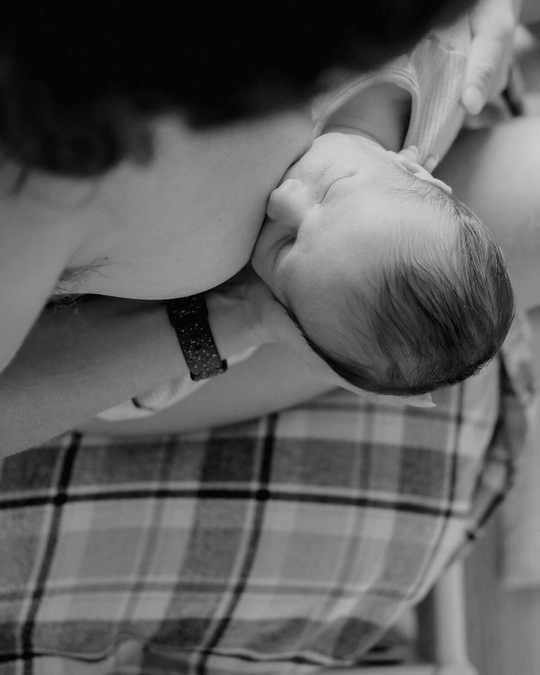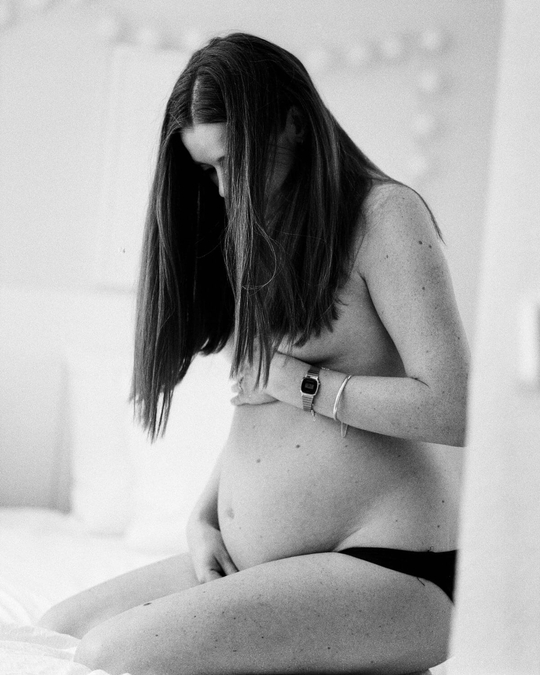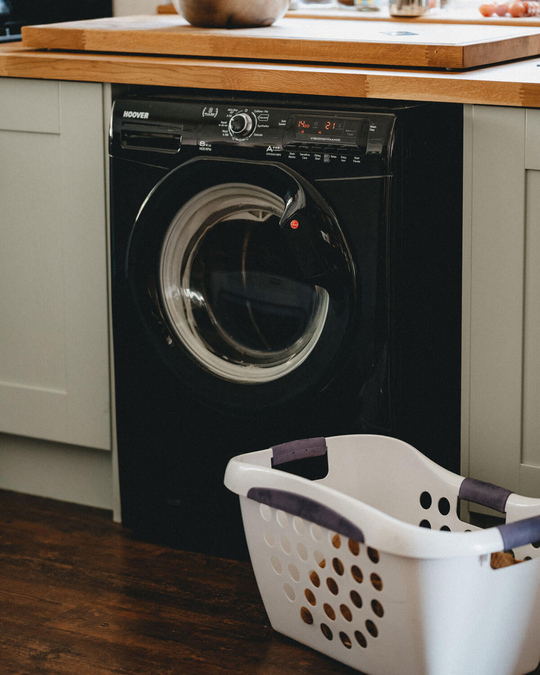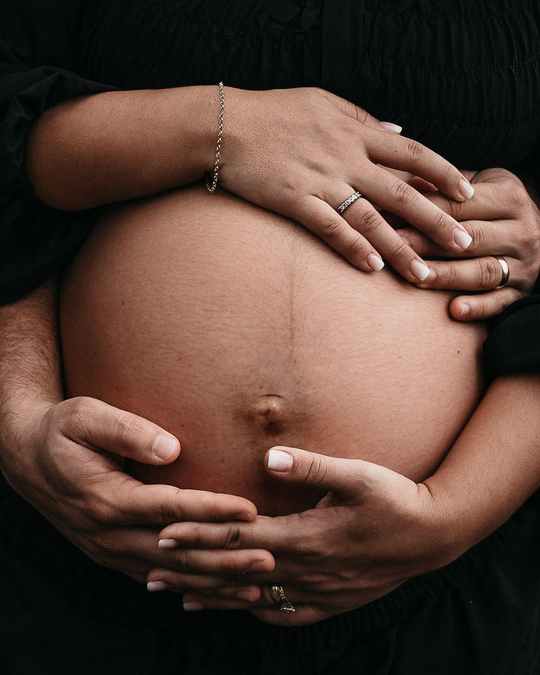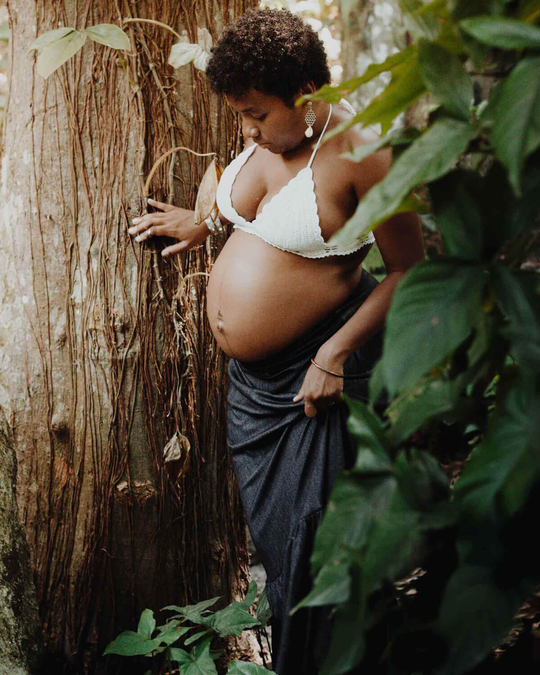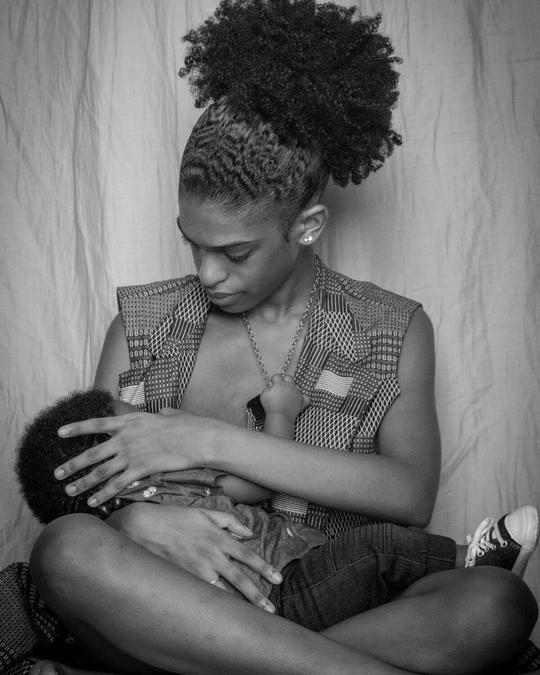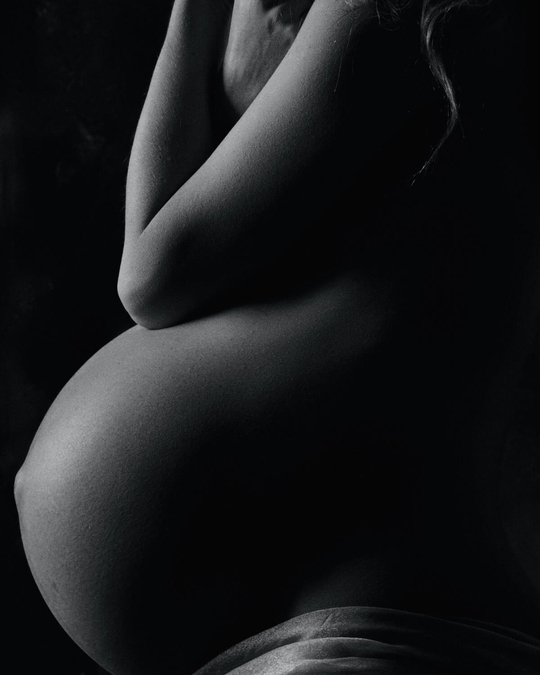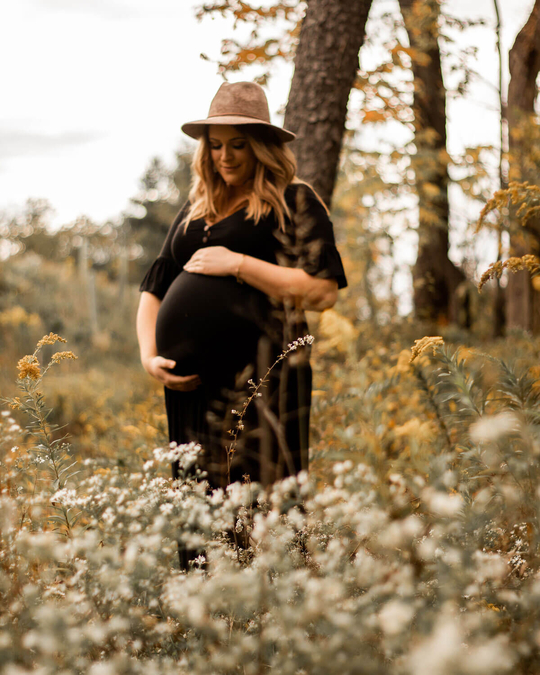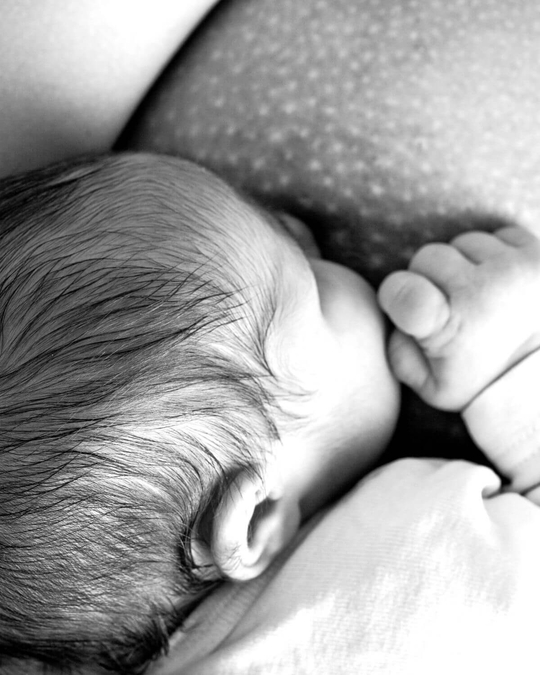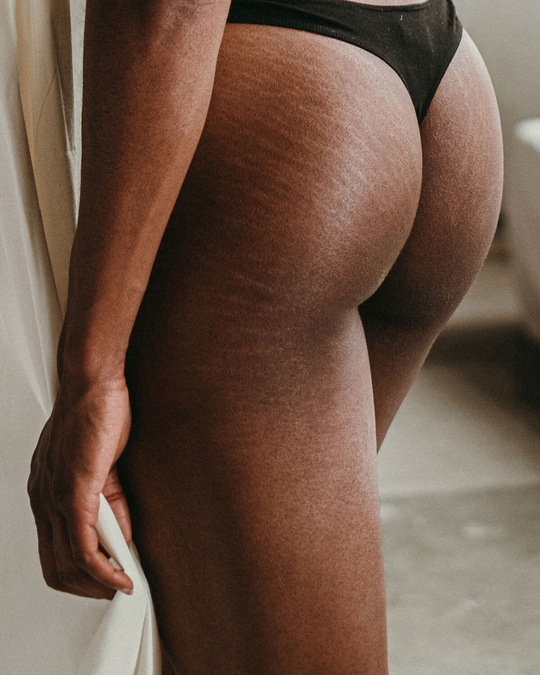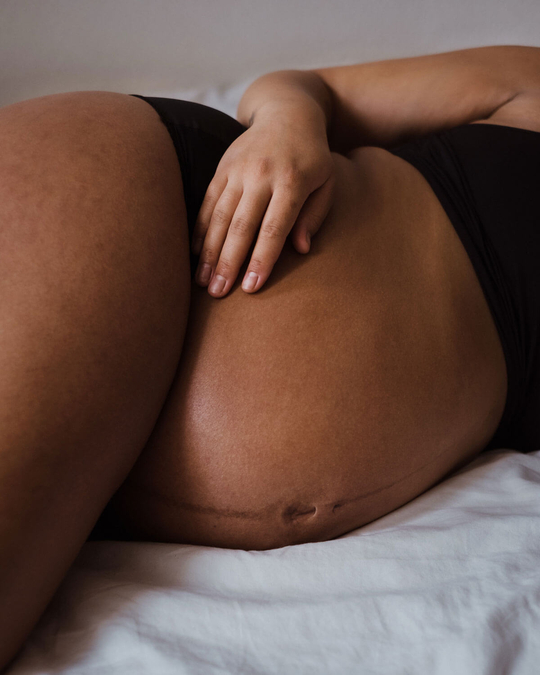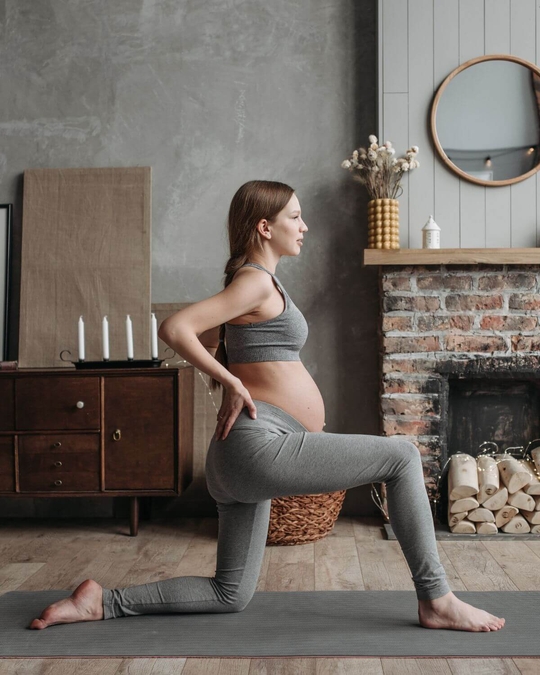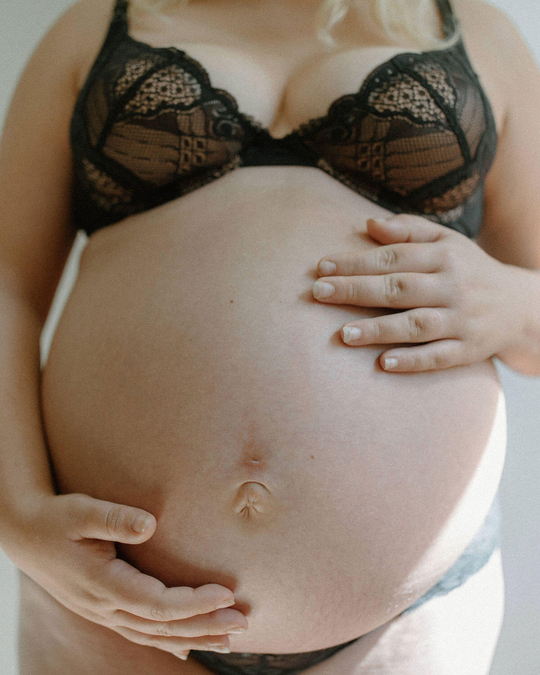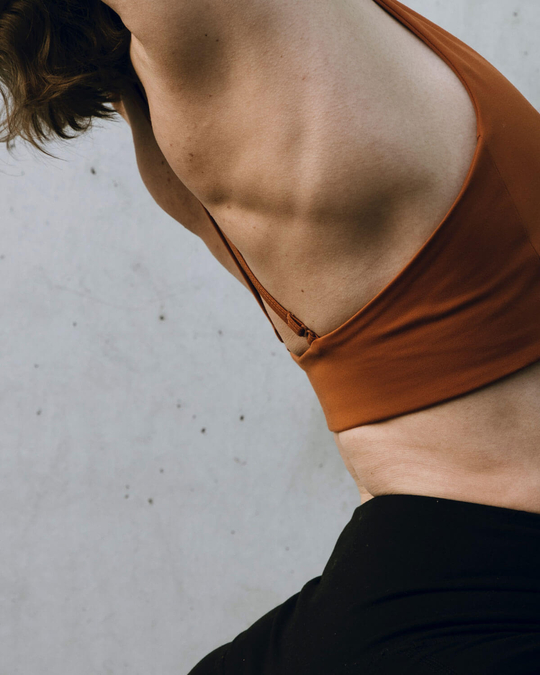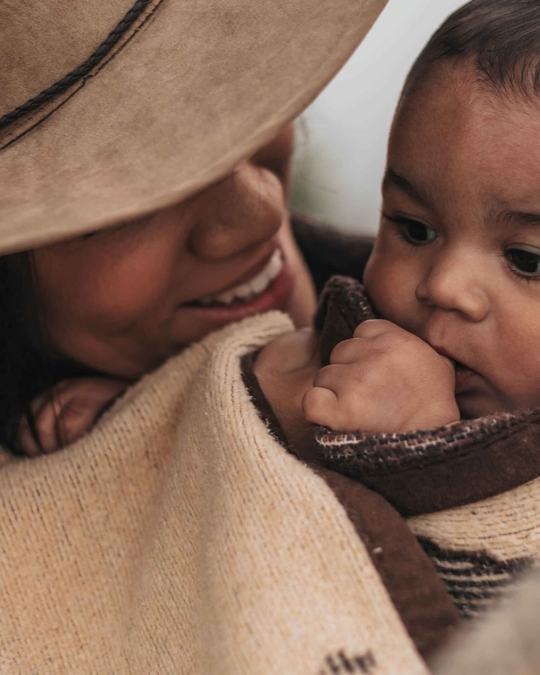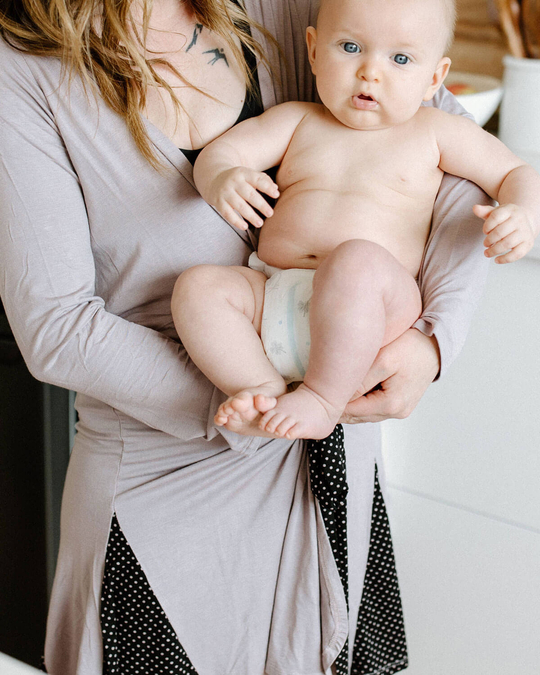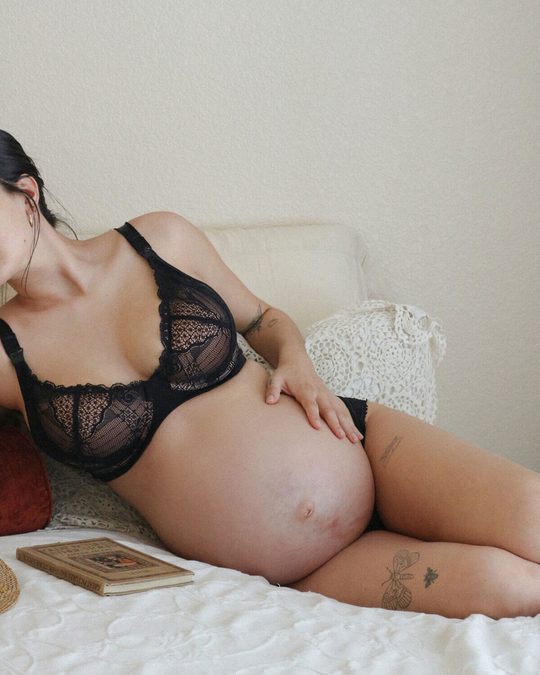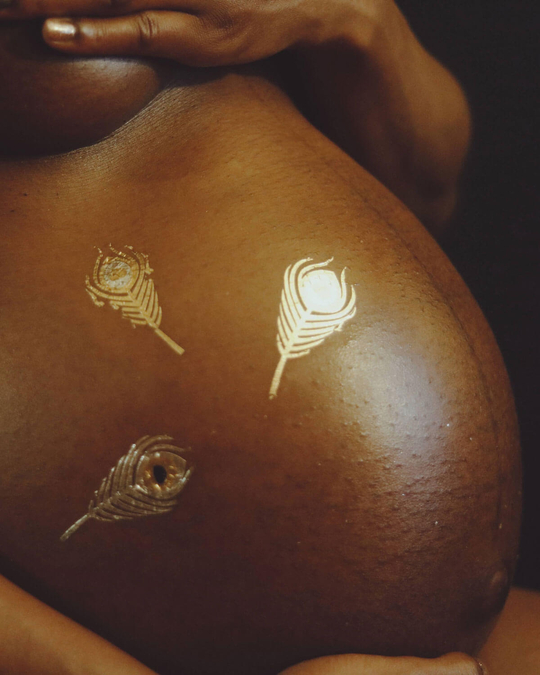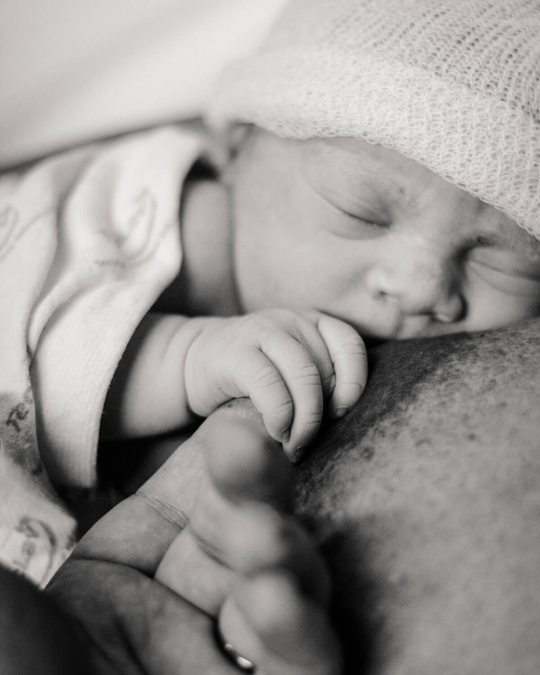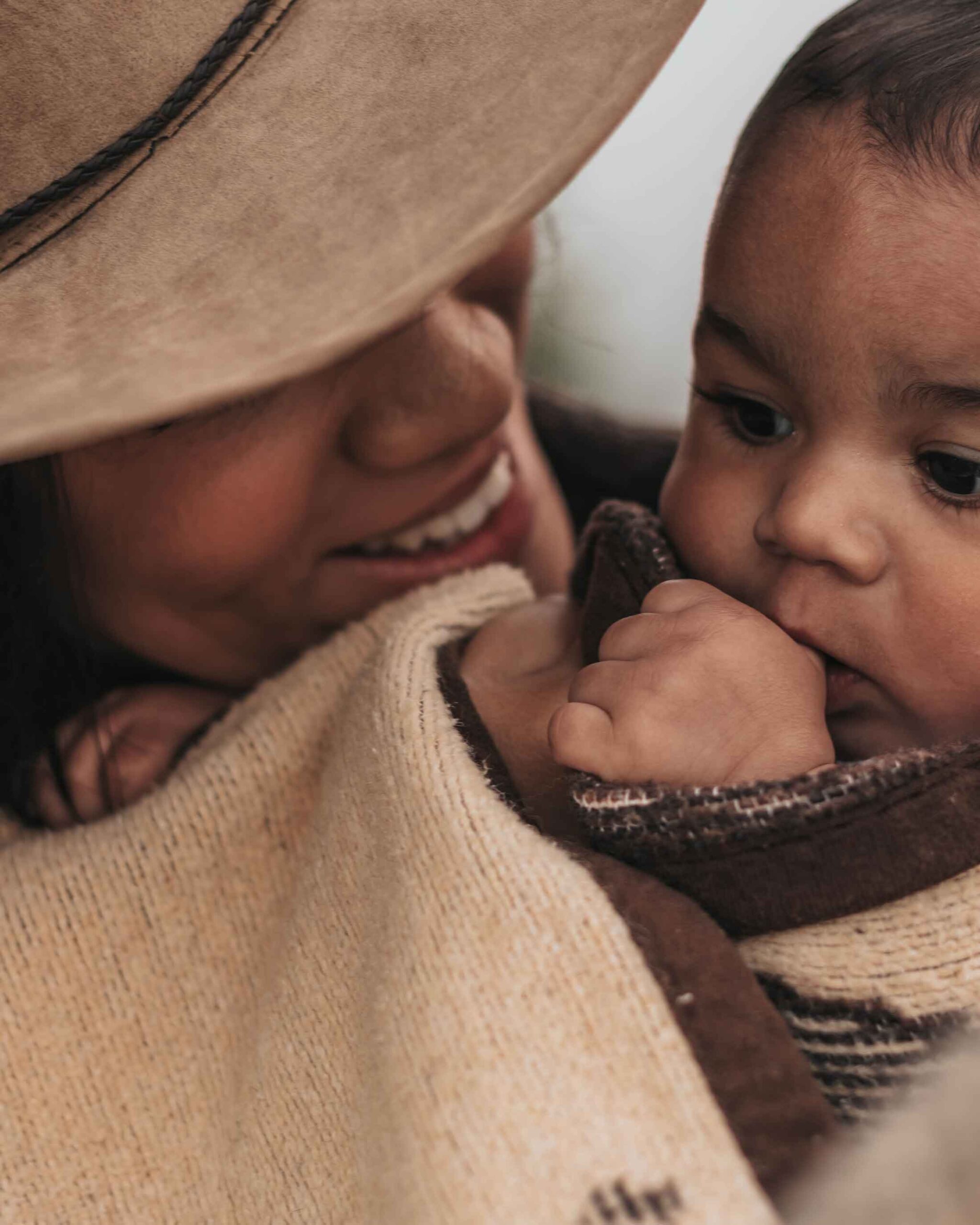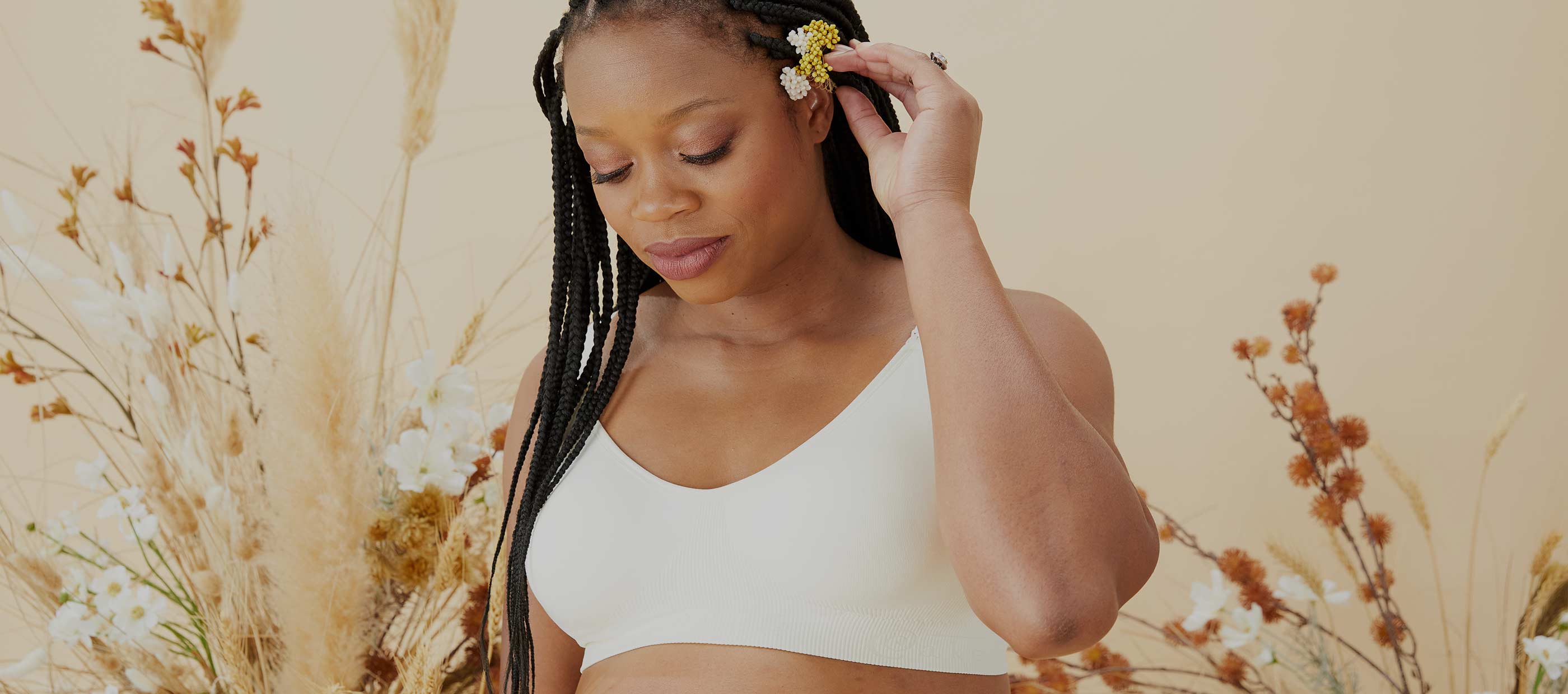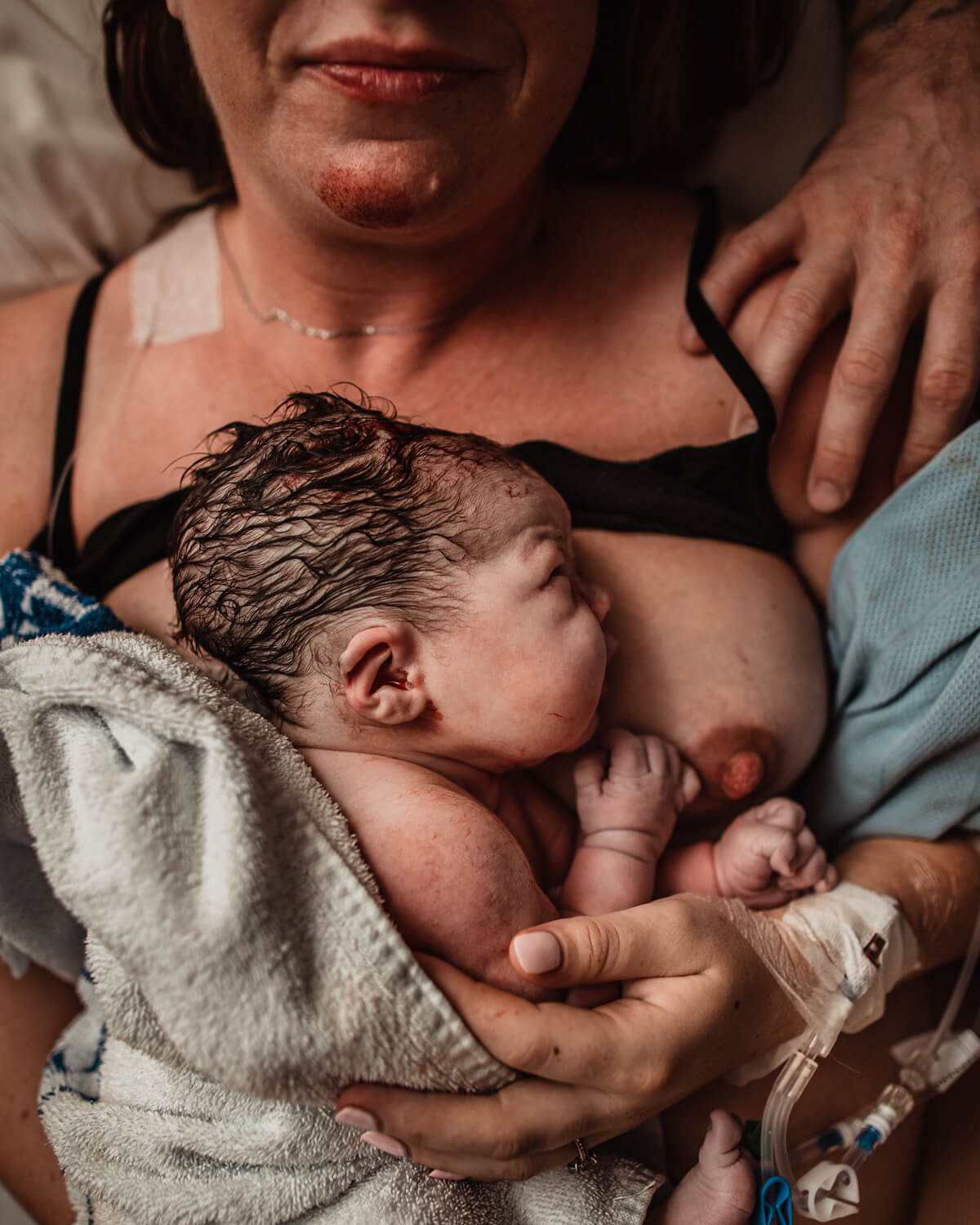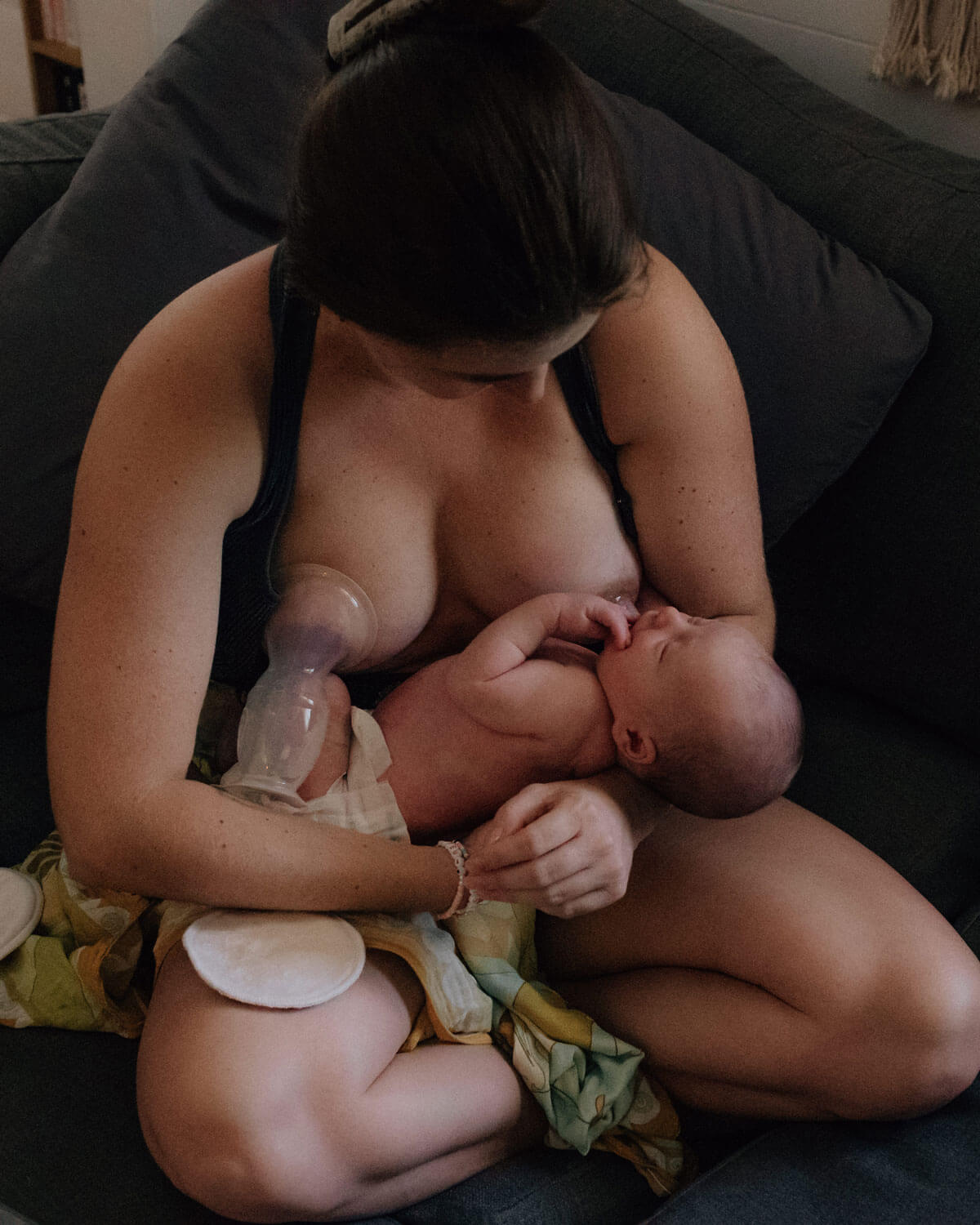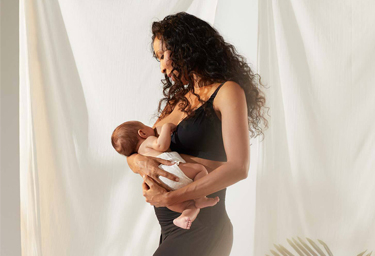Throughout a woman’s life, her breasts are constantly changing. Changes can occur due to age and weight fluctuations, but a lot of women won’t notice these small changes.
During pregnancy and breastfeeding, however, a woman will notice significant changes in a short period of time due to rising hormones and milk production.
You may wake up one morning and your boobs have grown 3 cup sizes and oh boy, just wait until that baby arrives and your milk comes in. Then you won’t even recognise them anymore.
For new mums, this experience is brand new and can be extremely overwhelming, especially when midwives and doctors are throwing information at you left and right. Oh, and don’t forget your mother-in-law chiming in.
Expecting mothers may have concerns about whether or not they will be able to breastfeed, if they will have enough milk, will their baby latch, all of the normal trials and tribulations that come along with this journey.
In this article, we wanted to share with you some interesting and honestly quite amazing things you may not know about your lactating breasts.
But before we can begin, we must stress. No matter how you feed your baby, you are doing an amazing job!
Whether your baby is drinking from your breast or from a bottle, a full baby is a happy baby. Always remember that when starting your breastfeeding journey.
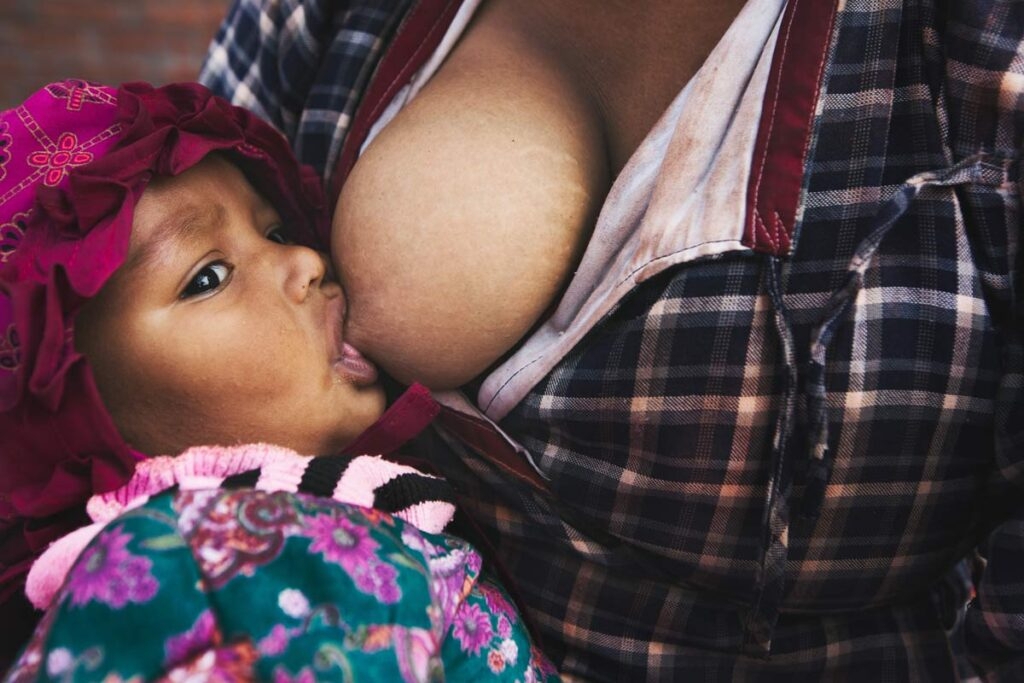
A breastfeeding boob is much heavier than a non-breastfeeding boob of the same size.
Everybody knows that during the early stages of pregnancy and post birth most women will experience an increase in breast size. But did you know that the weight of a breastfeeding boob is much heavier than a non-breastfeeding boob of the same size? In fact a lactating breast can be up to 35% heavier!
Breastfeeding allows your body to recover after birth.
Breastfeeding has amazing effects on your body right after birth and for the months that follow.
Not only is it a great way to bond with your little one, it also helps your body recover quickly after childbirth.
The hormones released help your uterus contract back to its pre-pregnancy size, because when your baby is inside of you, your uterus can grow up to the size of a basketball. Crazy right.

The milk you produce each day is different.
You may already be familiar with colostrum, which is the first form of milk your body will produce for your newborn.
It appears yellow and quite thick. Think of this as “liquid gold” for your baby. Colostrum is nutrient-rich and is loaded with tissue, immune and growth repair factors that aid in the development of your newborn’s immunity.
After about three days your milk will come in and trust me, you will know when this happens.
It happens overnight. You wake up with large, engorged, often very painful breasts. This is how you know your milk has definitely arrived.
As your baby grows, your milk will continue to change depending on their needs. If bub is unwell, your body will produce antibodies that will help your little one fight off their illness.
Your milk will also change throughout one feed. At the beginning the milk will be mostly full of lactose (foremilk) and then by the end, the milk is filled with mostly fat (hindmilk).
How interesting!

Stretch marks occur when your skin is stretched rapidly over a short period of time.
Stretch marks can occur on your breasts during any season of growth, but they’re especially common when your milk comes in immediately post-birth.
If you’re self-conscious about your stretch marks, retrain yourself to think of them as battle scars. They show how strong you are and how amazing your body is.
No matter how many stretch marks you end up with, they helped bring you your little one and you did an amazing job! Who cares about a few marks?
Make sure you are in a comfortable and supportive bra while breastfeeding to ensure minimal ligament damage.
You probably won’t be fitting into those sexy Victoria’s Secret bras anytime soon after that milk comes in, and why would you want to? They are extremely uncomfortable and impractical; you are a mum now.
The key to helping avoid as much boob sag as possible is finding a comfortable maternity bra.
This will also feel like heaven for your breasts and make breastfeeding so easy and convenient.

Kissing your baby changes your breast milk.
This one was too sweet not to include.
Did you know, when you kiss and snuggle with your baby, you’re not just bonding with them, you’re also sampling the pathogens on his/her skin?
I know this sounds like a science lesson but bear with me.
When you have sampled these pathogens from your baby’s skin, they are then transferred to your own lymphatic system to produce the antibodies necessary to help boost your little one’s immune system.
So, the saying “you can never spoil a baby” is extremely true and in fact, it is highly encouraged that you give your bub as many kisses and snuggles as you please.
Your breasts will not necessarily be the same size for all pregnancies.
When you are childless, your boobs are probably looking pretty nice. I remember mine. No sagging, maximum perkiness.
Sorry to break it to you, but this will change after having your first baby and will only continue on with future children.
As your breast shape and structure continues to change and evolve as you age and breastfeed, it is important to be refitted with each pregnancy to ensure you’re getting the best possible support and fit.
Finding the right support for your girls is KEY to avoiding as much sag as possible and will also help with any back pain you may be experiencing due to these two new enlarged friends living on your chest.
A factor that could contribute to mastitis is a poorly fitted bra.
Breastfeeding is not rainbows and butterflies all the time. It can be extremely trying in the beginning but once you get the hang of it, it can become relatively easy and feel almost like second nature.
However, some women will experience mastitis which is the inflammation of breast tissue that sometimes involves infection.
This can be extremely painful for mothers and can make you feel very unwell at the same time. Suffering from a high fever and chills.
Compression and restriction can cause blocked milk ducts, which can lead to mastitis.
To combat this, it’s important to find a bra that fits your new breasts and something that feels comfortable for you, without being too tight or restrictive.

The size of the breast does not determine how much milk a woman will produce.
Each new mother is gifted with the ability to feed her baby, whether she is well endowed or not. A or B cupped women can produce just as much milk as a G cup.
Boob size does not matter in the slightest when determining how much milk you’ll produce.
Everybody and every body is different and the only thing that really matters in the end is that your baby has a full belly and is happy.
Whether you’re exclusively breastfeeding, exclusively pumping or supplementing with formula, just know that you are doing an amazing job, mama!
LIKE WHAT YOU READ?
Join CakeMama Club & get 10% OFF your first order!
Plus you’ll get tips + tricks for pregnancy, postpartum & breastfeeding, get member-only offers, earn CakeCoins every time you shop + more. Learn more








